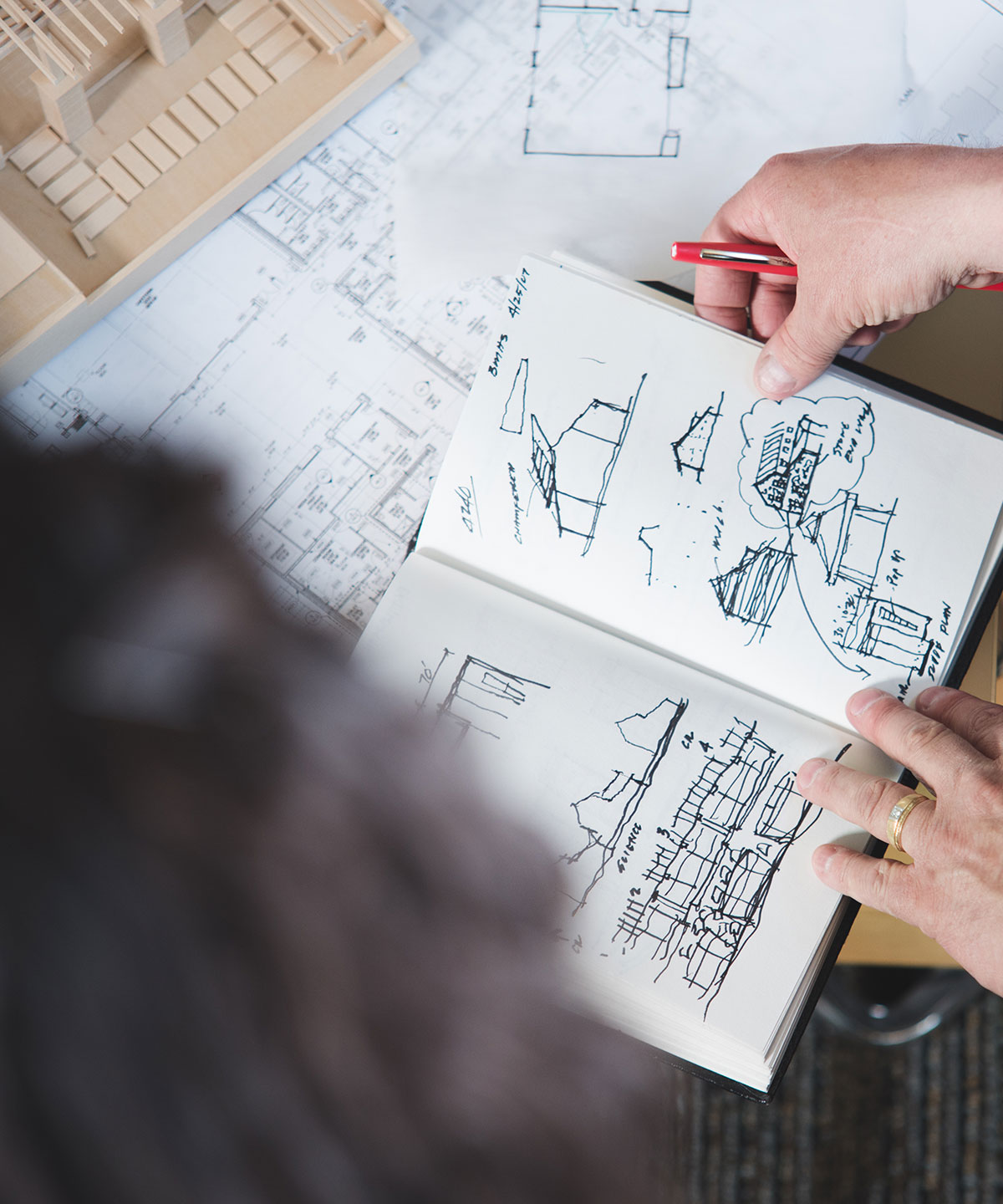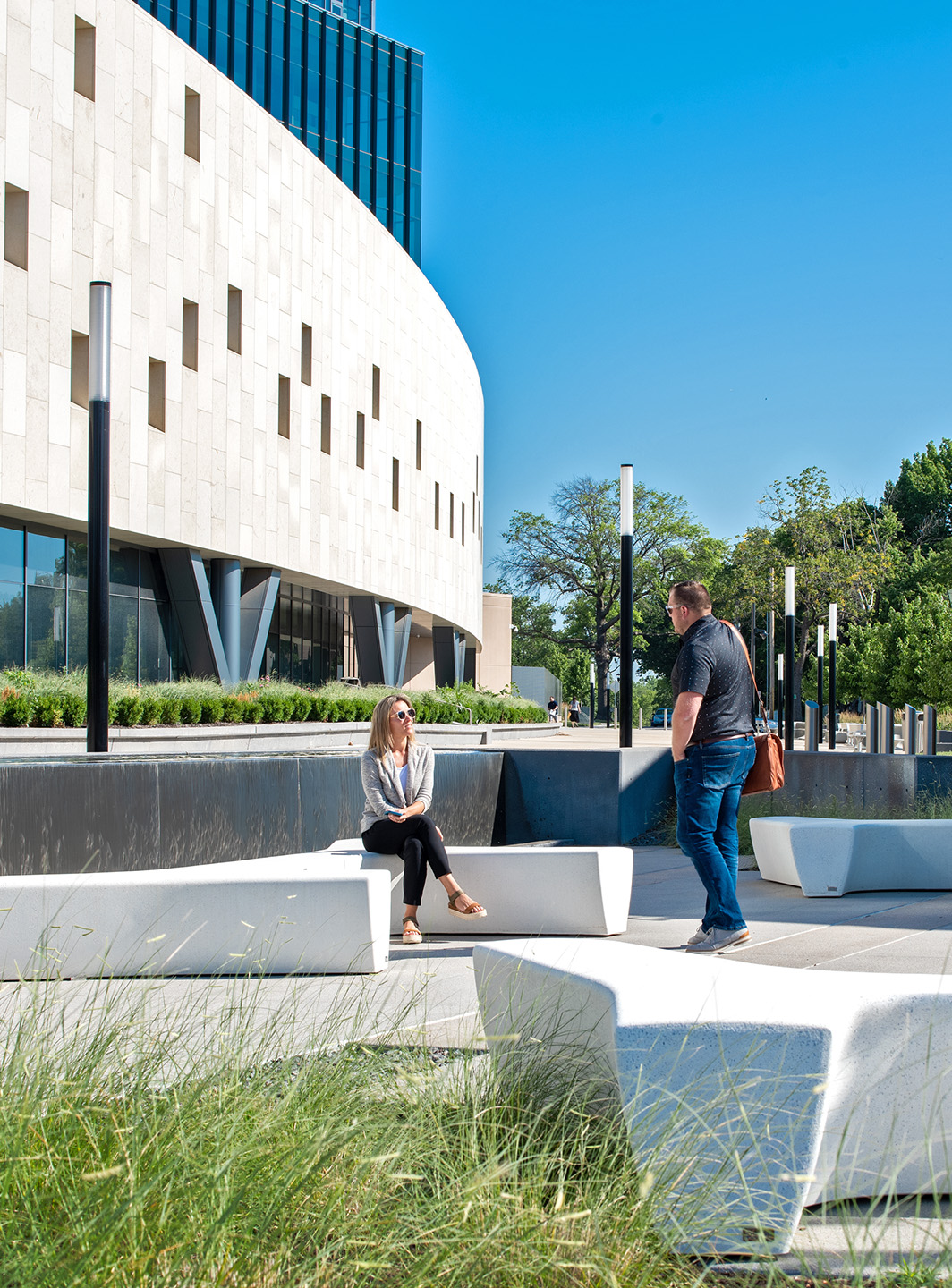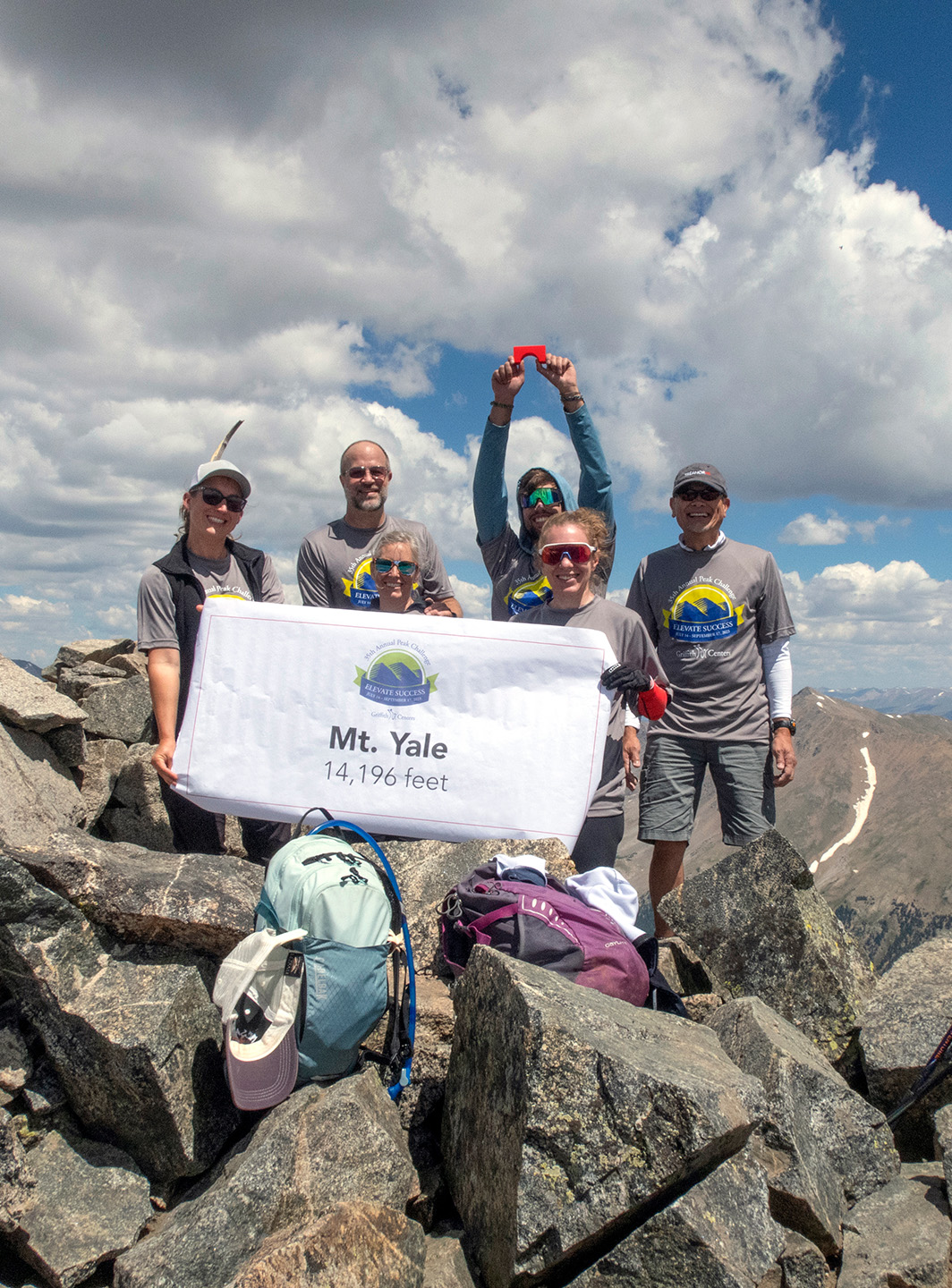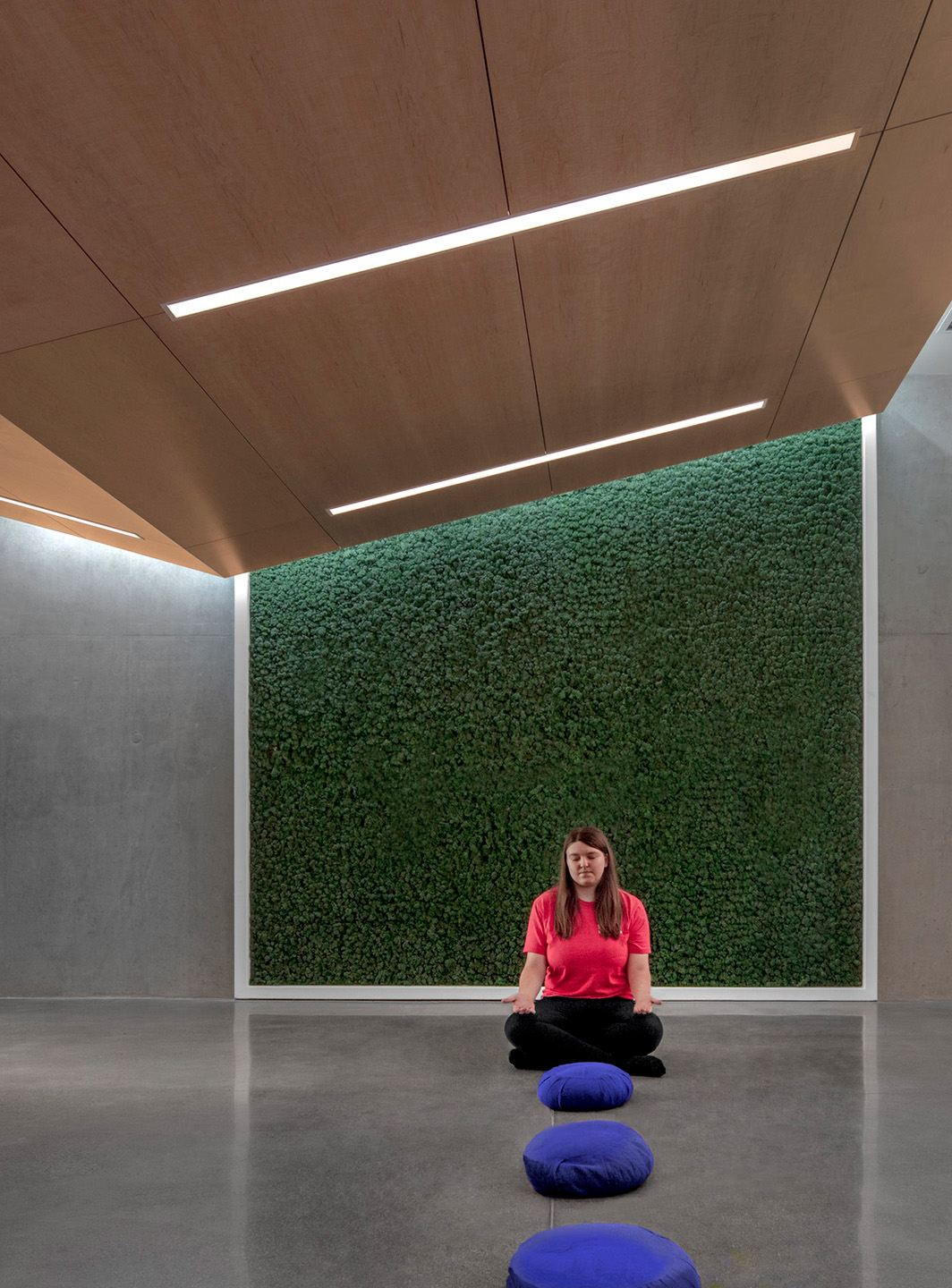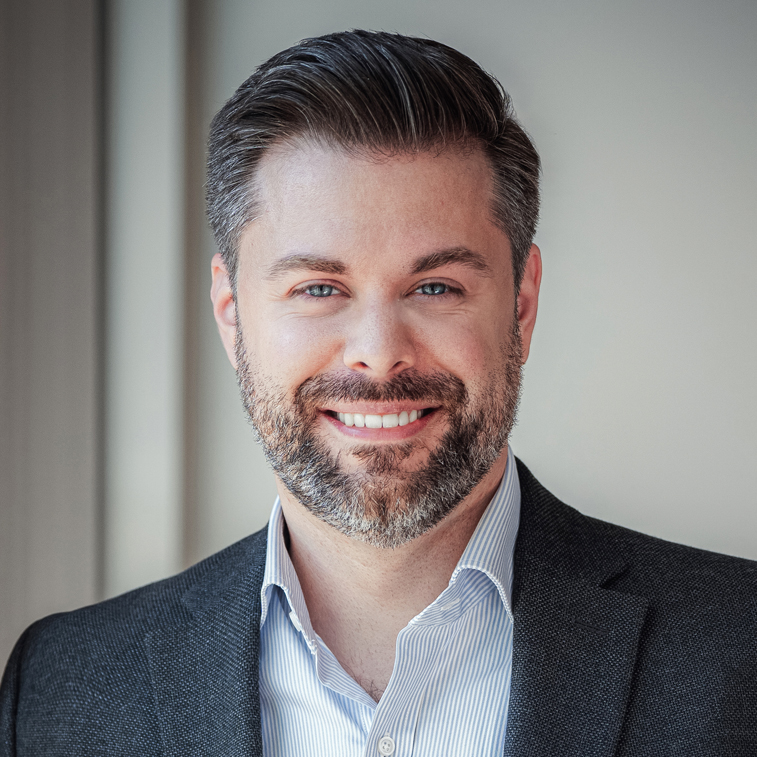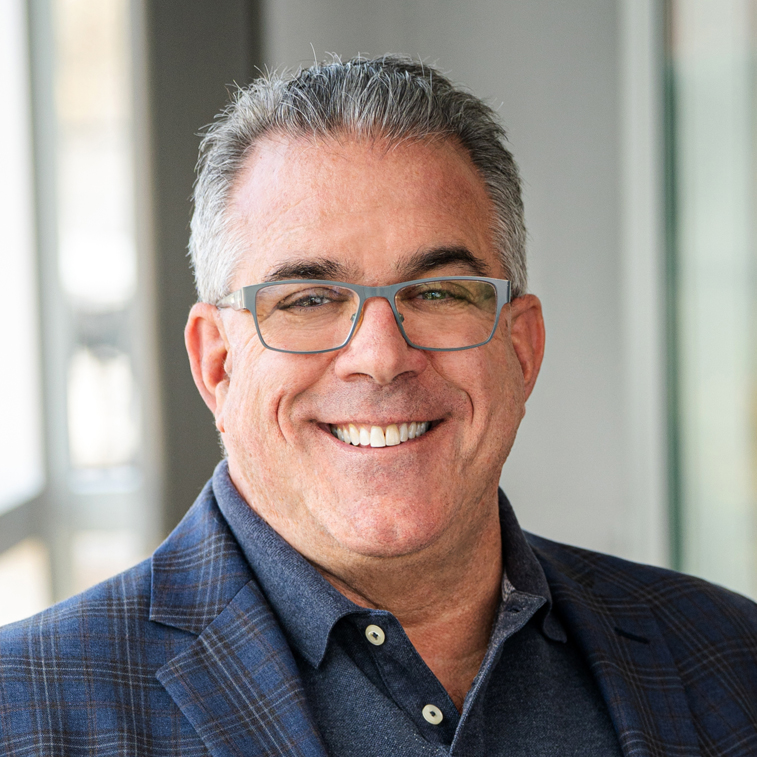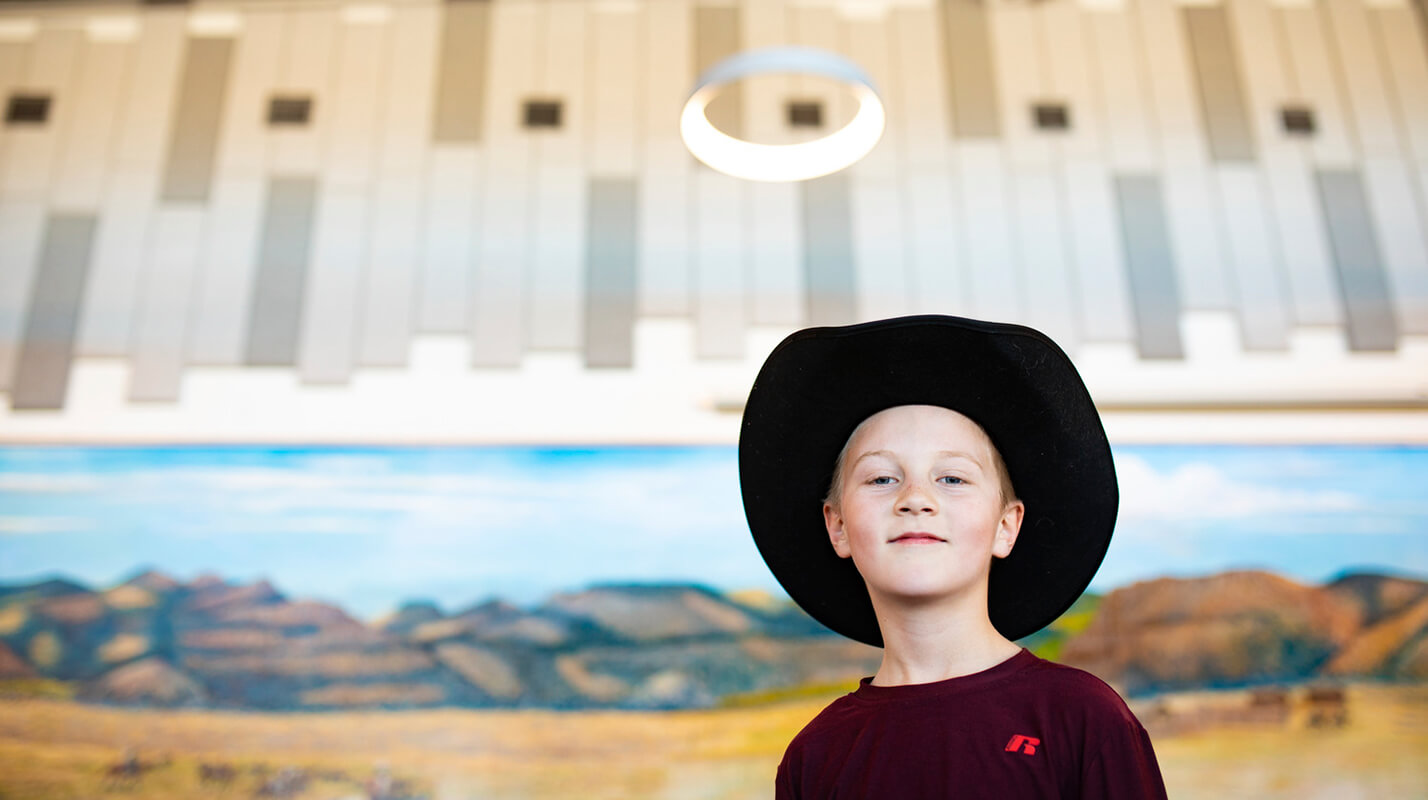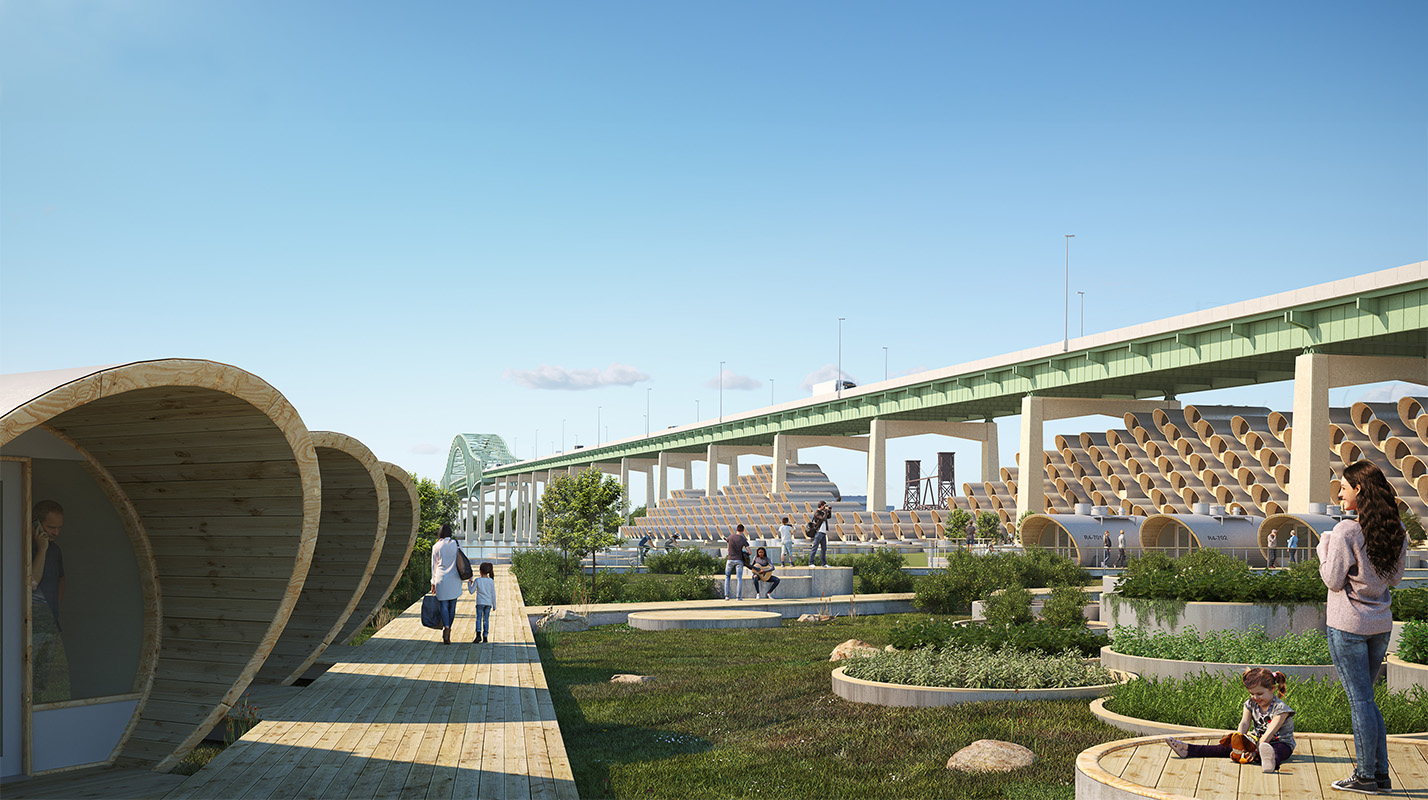Kansas City Climate Action Summit: takeaways and initiatives
We sponsored and attended the Regional Climate Action Summit in Kansas City, and this is what we learned
Treanor team members Neal Angrisano and Drew Hustedde annually attend the Kansas City Regional Climate Action Summit, hosted by Climate Action KC. Neal and Drew lead Treanor’s Sustainability Advocacy Committee, which is dedicated to guiding the company toward carbon neutral and net zero greenhouse gas emissions by 2030.
Constructing and operating the places where we live, work, and play represents one of the largest sources of greenhouse gas emissions in America. As architects, we understand the need to exercise leadership in the creation of the built environment. We know we must alter our profession’s practices and encourage our clients and the industry to realize significant reductions in the use of natural resources, non-renewable energy resources, and waste production while promoting the regeneration of natural resources.
Kansas City—a region hosting three proximate Treanor office locations—is our community. We aim to do our part to help make it more resilient, equitable, and healthy. At the Climate Action Summit, we gain valuable insight into the growing issue of climate change in the region, actions taken by regional leaders to address it, and what others have done to positively impact their communities. Neal and Drew share their takeaways.
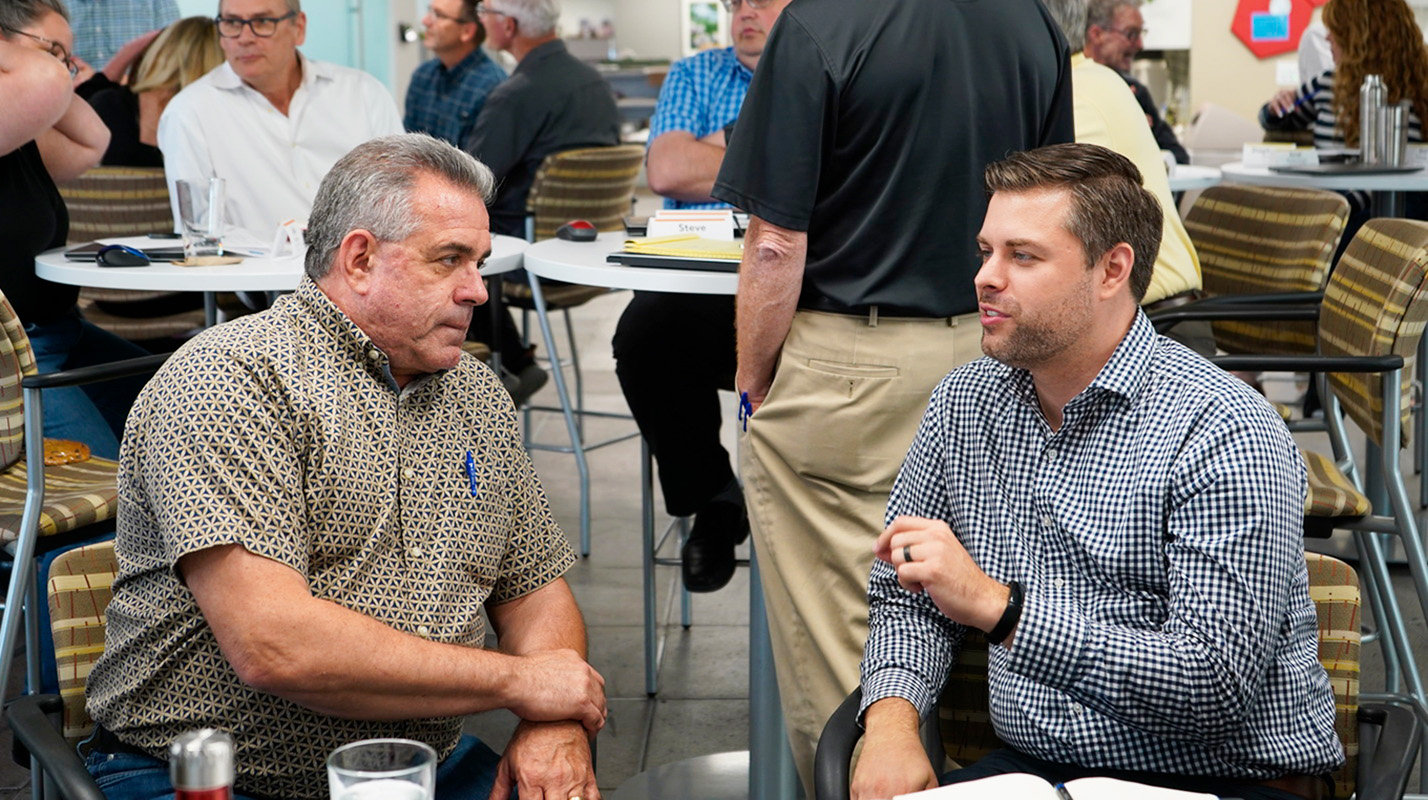
What is the value of attending the Climate Action Summit?
Answer: The initiatives shared by current leaders provide us with positive examples of ways we can initiate and support our local communities’ actions. The summit also provides a valuable opportunity to connect with those paving the way to improve sustainability in our industry. It’s always insightful to learn about new products and manufacturers available that we use in design. We are always seeking relationships with our partners and clients that support sustainability as an inherent part of what we do—not as a separate service provided as an after-thought.
What were your main takeaways from this year’s summit?
Answer: Our efforts need to be significant to mitigate the major impacts of climate change. We must prioritize correctly and understand the benefits of operating in a fully sustainable manner to instigate real change. And we can’t do it alone. For example, the City of Pittsburgh has transformed from its industrial roots to an equitable city by developing sustainable development goals that prioritize research, education, and collaboration. By introducing these goals at a system level, the city has been able to realize environmental improvements. The lesson learned from Pittsburgh is that if we come together as a global community today, we can create positive change tomorrow. It all starts with education, and even those of us regularly involved in the latest opportunities for sustainable design know we have to keep learning if we really want to make a difference.
What does this mean for Kansas City? The nation at large?
Answer: Kansas City is aiming to transform the metropolitan area to be more resilient and equitable. According to the Kansas City Regional Climate Action Plan, the city aims to mitigate climate change by achieving net zero greenhouse gas emissions by 2050. To do this, residents need education on the importance of these initiatives and how they will benefit the city (and by extension, the world). As a city and as a nation, overcoming biases and working together in all sectors—the public, private, nonprofit, and academic—gives us the means to mitigate climate change and build a better future. If we all do our part, it becomes a much less daunting task.
What are the challenges and benefits of sustainable design?
Answer: The challenges of sustainable design are mostly self-inflicted. Without life cycle cost analysis to measure the return on investment and impact, sustainability looks expensive when it is in fact hardly ever true. The benefits of sustainability outweigh the challenges we create. It creates long-term, cost-effective decisions that save the client and communities money, it reduces negative impact on the environment, it makes the building more resilient, and it builds communities as each generation of sustainable buildings inspires the next. Keep in mind the fact that renovating and restoring existing buildings is perhaps one of the most sustainable things we can do. We have a dedicated team of historic preservation architects that can tell you more about that.
What role does Treanor play in the initiative to make our communities more sustainable?
Answer: We, as architects, are the leaders when it comes to building design. Our role is to mitigate climate change by making one of the basic human needs—shelter—less harmful to the environment while serving the needs of inhabitants. This requires us to learn, grow, and lead! Our job is to educate our clients and guide them toward the best result, and that often means leaving our comfort zone and redefining the art of the profession. At Treanor, we aim to work with our clients and communities to do better by being better. We also understand that we are just one firm in an industry of professionals working toward the same end goal. Partnering with firms who see sustainability as fundamental is key to an industry-wide movement toward a carbon neutral world.
What are some initiatives Treanor has in place to improve sustainable practice?
Answer: Our Sustainability Advocacy Committee regularly reports to the Board of Directors and is supported by the firm’s strategic planning workgroups. We aim to be carbon neutral by 2030, and the AIA 2030 Challenge serves as our guiding metric. We recognize that every project we complete can address carbon neutrality or energy use reduction is some way, and we are working to further educate ourselves and our clients to define what success looks like beyond the scope of architecture. If challenging ourselves to venture into undiscovered territory for sustainable design could be coined as an initiative, that would be first on the list.
It’s 2030, and we’ve met the AIA 2030 challenge. What’s next?
Answer: While buildings account for 40% of carbon emissions, climate change does not stop there. We will bring advocacy into our communities and our clients’ communities. We will seek out ways to support people beyond the building, so that design becomes as instinctual as it is distinct. From where we source our food to how we earn a living to the waste we produce—we are all in this together, and that is a powerful thing.
Authors
Stay on the leading edge
Stay up to date on emerging trends, research, hot topics, and more delivered conveniently to your inbox.
"*" indicates required fields
